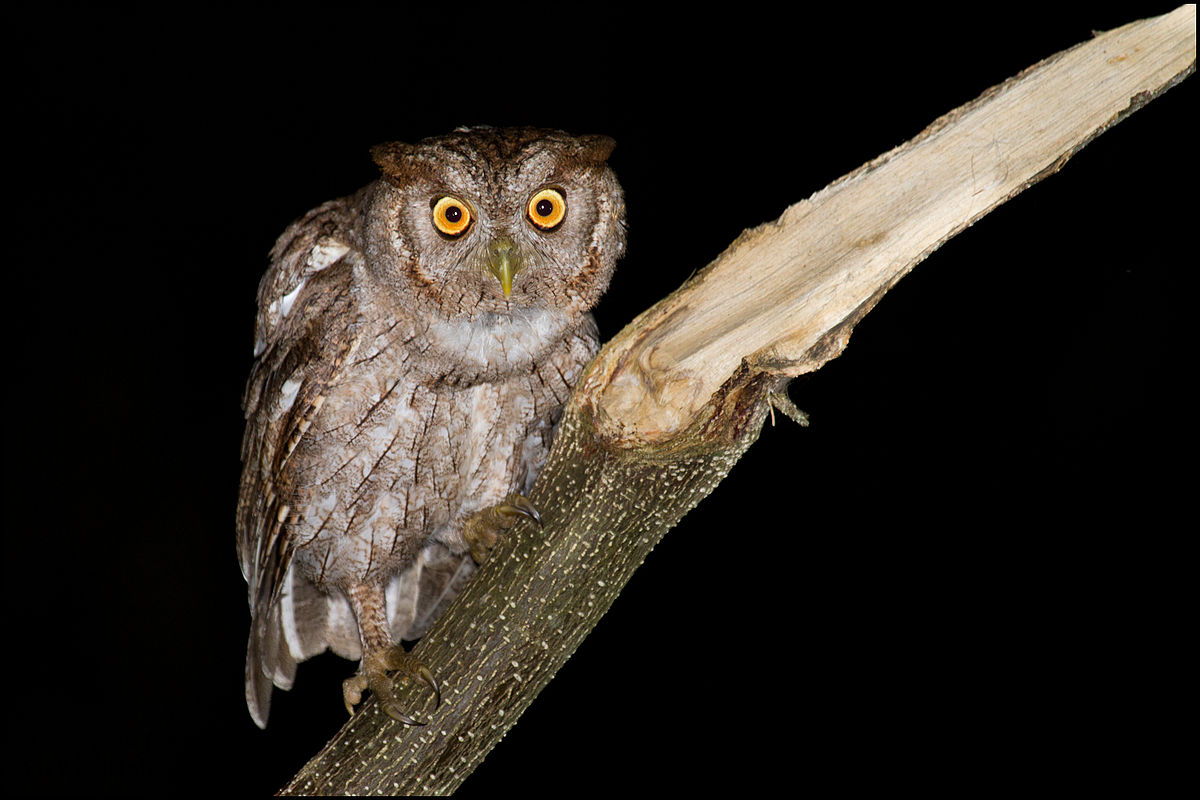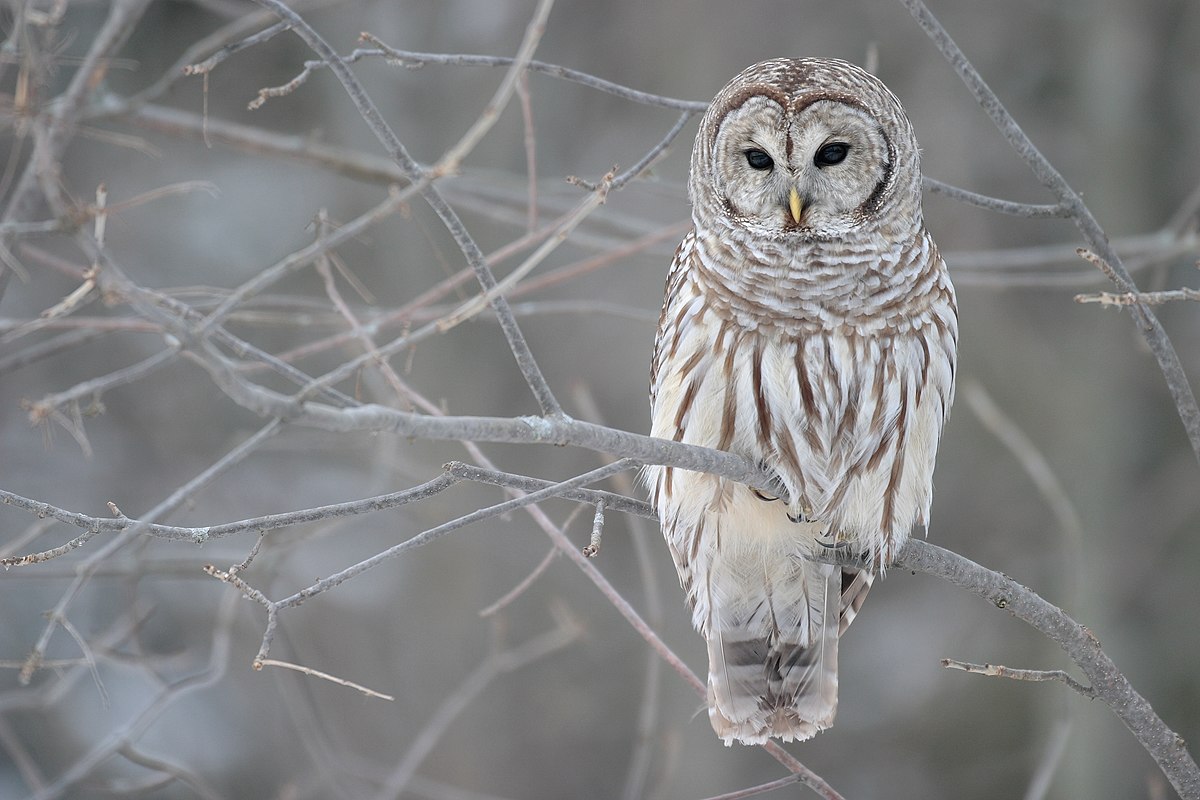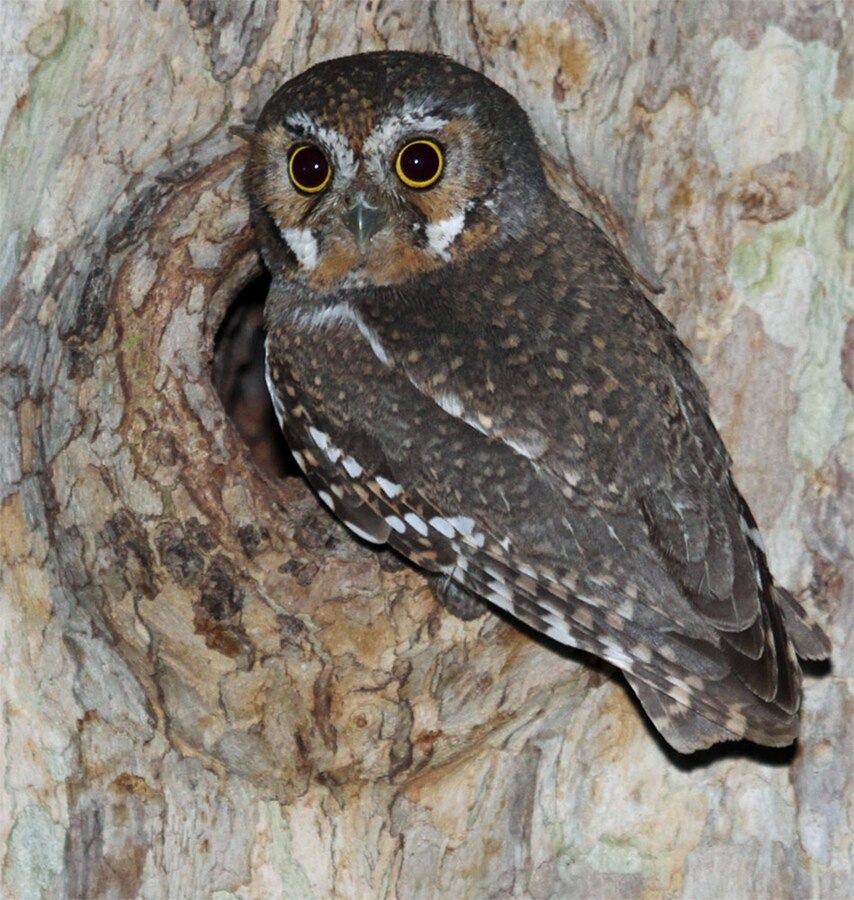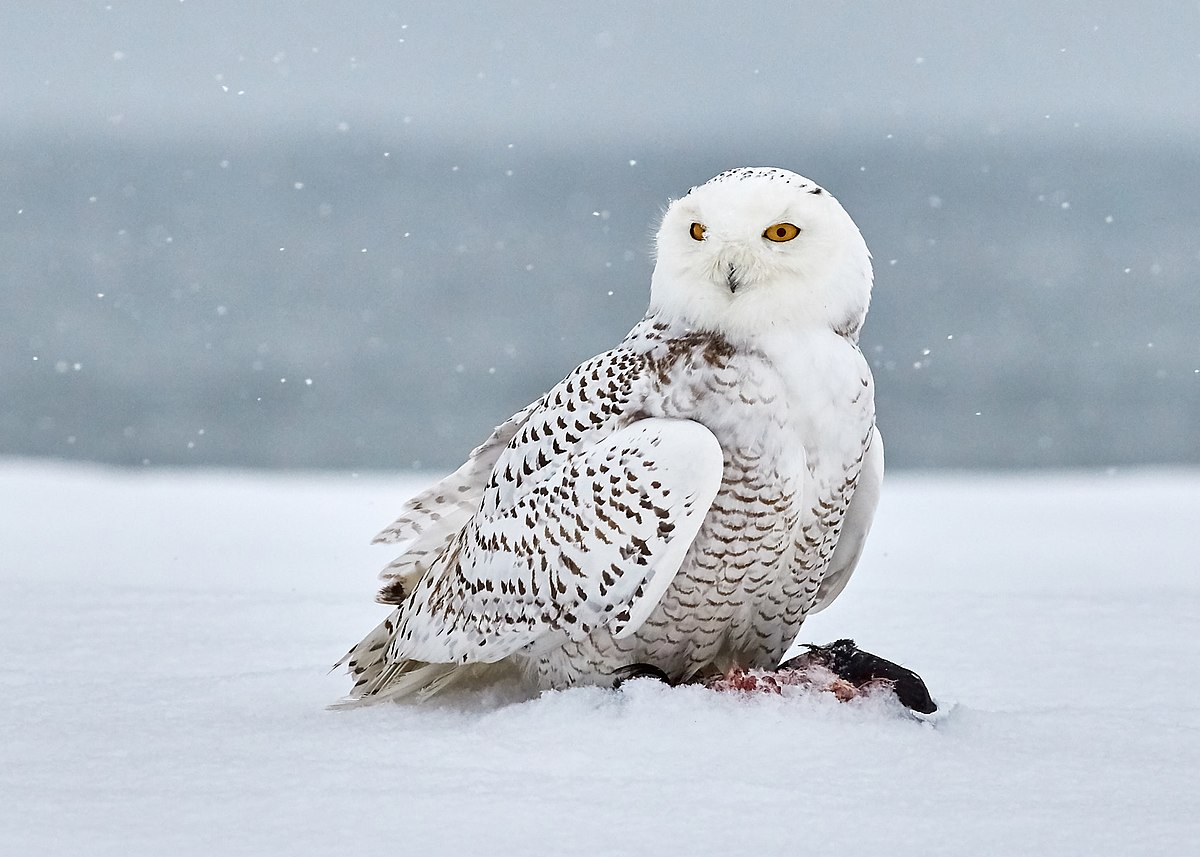Welcome to our exploration of all things nocturnal and feathered! Owls, magical creatures of the night, come in more than 200 fascinating varieties, all of which belong to one of two main families. We’re here to introduce you to a few particularly extraordinary examples.
Comprehending the Classifications of Owls
Every owl you’ve ever seen falls into one of two families: “barn owls” and “typical owls”. In the United States, only one representative of the barn owl family is found, while numerous typical owls make their homes across the country and into Canada. Let’s delve a little deeper into some of these intriguing types of owls.
The Mighty Great Horned Owl

Meet the Great Horned Owl, perhaps the most notable of our North American nocturnal avian friends. This impressive owl boasts a sizeable presence, standing almost two feet tall. With dark brown plumage and a striking white throat patch, he maintains an unforgettable appearance. Despite his penchant for nocturnal hunting, you might spot this owl during daylight hours. Proudly donning ear tufts, this species is undeniably majestic.
Meet the Petite Screech Owl

Not every owl possesses the towering stature of the Great Horned Owl. Enter the Screech Owl. Barely reaching between seven to ten inches in height, this tiny creature makes up for its size with a distinctive grey or reddish-brown coat and enigmatic white underbelly. Their habitat spans from the sunny climes of Mexico to the chilly expanses of Canada.
The Barred Owl’s Beauty

Introducing the Barred Owl, another captivating species in our array of owl kinds. Bearers of a unique appearance, with bars adorning their neck and stomach, these owls possess a beauty that’s hard to ignore. Lacking the ear tufts of some cousins, the Barred Owl’s differentiation lies in its coat pattern and geographical range, reaching south into Central America.
The Intriguing Elf Owl

The Elf Owl offers a fascinating peek into the smaller end of the owl size spectrum. They are inquisitive beings residing in the Southern United States and Mexico, and are drawn to warmth and an abundance of insects. Adventure seems in-built in them as they journey southward come winter. Their feeding habits are simpler, and their diminutive size allows them to make homes in spaces like abandoned woodpecker holes.
The Majestic Snowy Owl

Last, but not least, is the charismatic Snowy Owl. Adorned in glorious white, this species thrives in northern climates. Endowed with both thick plumage and an additional layer of body fat, they are truly built for winter weather. Incredibly, they can slow their metabolism and sleep for over a month if food becomes hard to come by.
In closing, this brief tour into the wonderful world of Owls should have you appreciating the stunning diversity that exists in nature. Whether in North America, Central America, or heading south to warmer climes, owls display both an enchanting variety and a fascinating adaptability.
Discover More about Owls
If you found this guide compelling and want to unravel more about these nocturnal creatures, please follow the links below: